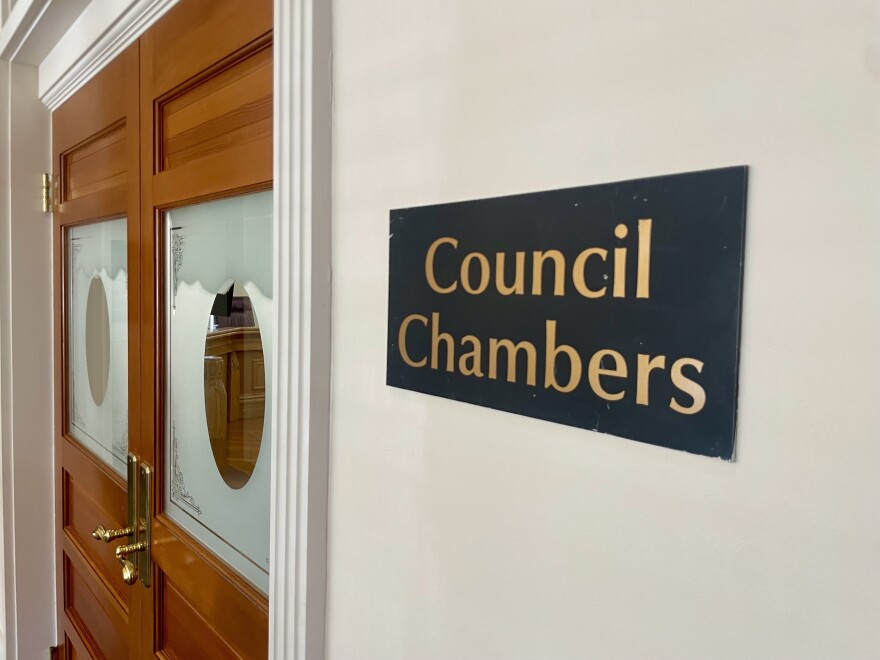House Bill 356 requires five new districts to elect the five Summit County councilmembers, rather than the current system where every member is elected at-large.
Gov. Spencer Cox recently said he agrees with the bill’s intent but is calling for a special session to address “unintended consequences.”
“Our legislative group is working to put forth new language addressing our unintended consequences that hopefully could be fixed during the interim session,” Summit County Council Chair Tonja Hanson announced April 2.
The Summit County government’s three main asks are:
- Reduce the number of districts to preserve one or two at-large seats
- Redesign the committee that draws districts to represent unincorporated Summit County
- And not to assign current councilmembers to districts at random
“Perhaps our county clerk could assign based on the district map and based on where we live, so it's not so arbitrary,” Hanson suggested.
There might be bipartisan agreement on all three points.
Tory Welch, a Hoytsville Republican who lost a bid for council last November, tells KPCW his preference is keeping one at-large seat.
Ari Ioannides, a Republican in Tollgate Canyon who also lost last November, said he would support either a fully districted council or the original version of HB356, which required districts for 65% of council seats.
After HB356 changed to 100% districted, it affected other county governments. Wasatch County asked the governor for a veto, and although he signed the bill, Cox promised a special session for changes.
On the second point, Welch is in favor of adding a Snyderville Basin representative to the committee that will draw the districts. Current councilmembers worry the committee, made up mostly of the county’s mayors, doesn’t represent unincorporated residents.
According to County Housing and Economic Development Director Jeff Jones, two-thirds of Summit County lives on unincorporated land.
About 12,000 of the almost 43,000 people live on the east side. The future districts will need to be proportionate according to population.
Once they’re drawn, HB356 says the current councilmembers serve out the remainder of their terms and are assigned to districts at random.
Both Welch and Ioannides agree with Hanson that assigning the current councilmembers to districts at random doesn’t make sense unless more than one reside in the same district.
"This is fairer, more transparent, and honors the connection between elected officials and the communities they represent," Ioannides said.
The debate over HB356, which passed the Utah Legislature mere minutes before the 2025 General Session ended, has been about party, geography and process.
Deputy County Manager Janna Young rebuked the process, saying it upended a 2006 voter decision to switch from an at-large commission to a council.
But some eastern Summit County residents say they’re not well represented on the mostly westside, and blue, council. The rural side of the county tends to vote Republican.
"I've had a lot of positive feedback from rural residents excited about the opportunities ahead," Welch told KPCW.
The Utah Legislature didn’t accept public comment on HB356 this year. Ahead of the expected special session, Summit County is expected to take public comment April 15, at a meeting of Summit County mayors, and April 23, at the Summit County Council.
Summit County is a financial supporter of KPCW. For a full list, click here.





